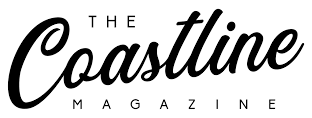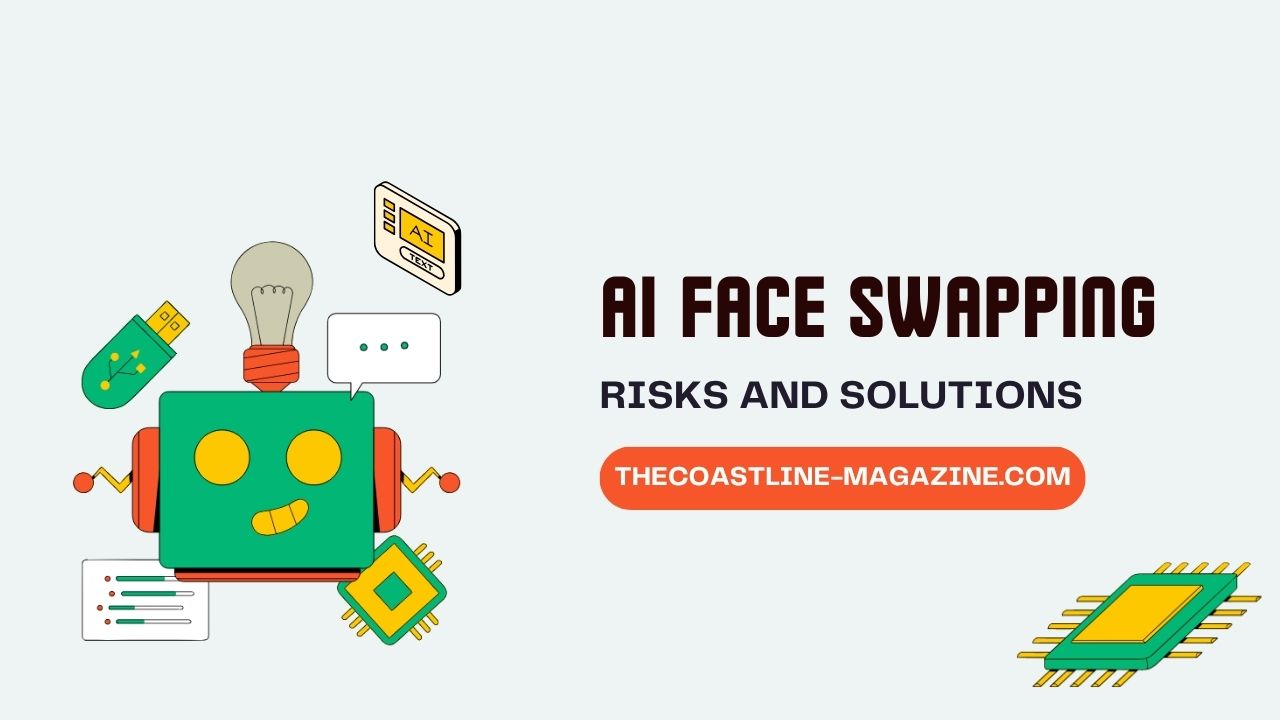Many aspects of our lives—including entertainment, communication, and even privacy issues—have been transformed by artificial intelligence. Video face swaps is among the most interesting yet contentious uses of artificial intelligence. In a video, this technique lets one person’s face be substituted with others to provide realistic results that can be both amusing and occasionally frightening. As this technology spreads, though, the question becomes: Is artificial intelligence face switching safe for your privacy?
The Rise of Video Face Swaps
Using complex algorithms, frequently built on deep learning and neural networks, AI face swapping examines facial traits and expressions to successfully replicate a person’s face in another setting. First made famous by applications and filters on social media, video face swaps have grown to be effective instruments employed in cinema, marketing, and web content production.
Although the technology is remarkable and presents creative opportunities, it has also sparked major privacy issues. It raises a particular difficulty to individual privacy and consent as video face swaps can produce very realistic videos of people performing or saying things they never truly did.
Privacy Risks Associated with AI Face Swaps
The possibility of abuse is the main worry about video face swaps. It presents serious dangers when someone is able to create videos showing you in incriminating, misleading, or fictitious events:
Damage to Reputation and Identity Theft
Video face swaps could be used by a malevolent actor to produce damaging content about a person’s reputation, spread untrue information, or even to blackmail the victim. These deepfake films can be viewed all over, hence victims struggle to control the story or show the video’s falsity.
Non-Consensual Use Video face swaps make it simple to put someone’s image into content they have never agreed to be part of, hence breaching privacy and personal rights.
Trust Erosion
The public might start to question the authenticity of any video material as video face swaps grow increasingly convincing. Beyond personal privacy, this erosion of trust affects legal evidence, social interactions, and journalism, hence affecting society as a whole.
Knowing the Mechanism of Video Face Swaps
Better appreciation of the hazards comes from knowledge of how video face swapping operates. Real-time or in post-production, the system analyzes a source video and a target face then maps facial motions and expressions onto the new face. Though it needs a big database of the individual’s face to create precise swaps, gathering such information has never been simpler given the proliferation of photographs and movies on social media.
This opens the door for anybody with enough images and videos to possibly produce real video face swaps without the subject’s knowledge or permission.
Methods to Safeguard Your Privacy from Video Face Changes
Although the dangers are serious, there are developing remedies and best guidelines that can help to safeguard privacy from unwanted video face swaps:
Legal Policies and Protection
Some nations have started implementing legislation specifically aimed at the harmful use of AI-generated content, including video face swaps. These rules seek legal remedies for victims and punish producers and distributors of dangerous deepfake material.
Technology Security To identify altered material, these detection systems examine flaws or artifacts left by the face swapping process.
User awareness and digital cleanliness
Individual awareness also helps to protect your privacy. Restricting the online availability of personal images and videos lowers the content available for face swapping. Being careful about what you publish lowers your risk of becoming a target.
Ethical Guidelines for Artificial Intelligence Use
Encouragement of ethical standards for authors and channels can help control the use of video face swaps. Promoting openness when AI face swaps are implemented and demanding permission helps to build a culture that values confidentiality.
Combining Innovation and Privacy
Though it pushes the limits of privacy and permission, artificial intelligence face swapping technology possesses amazing creative possibilities. Striking a balance between accepting creative applications of video face swaps and safeguarding people from injury is crucial.
Combining technical innovation with solid legal systems and public awareness will let society enjoy the advantages of video face swaps without compromising privacy. Better navigating of the changing digital environment with security and confidence is possible as consumers, creators, and lawmakers get more informed of these hazards and remedies.
Wrap Up
To summarize, while the privacy implications of artificial intelligence face swapping are complicated and call for close attention, it is not inherently dangerous. Knowing the dangers and taking proactive steps to protect video face swaps will help guarantee they remain a pleasurable and creative tool instead of a weapon against privacy.

